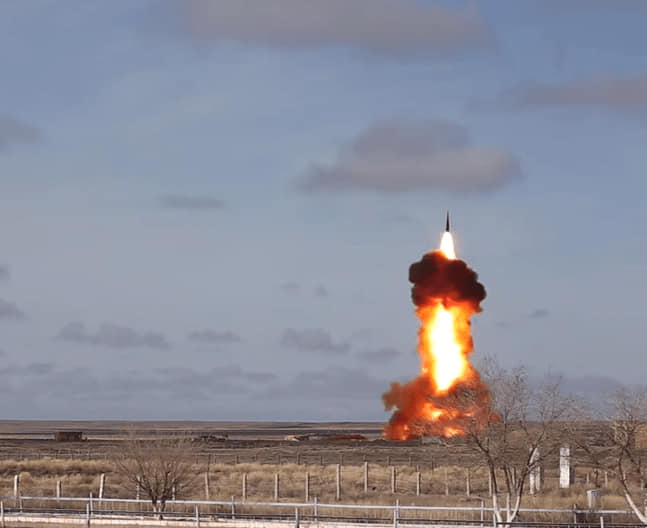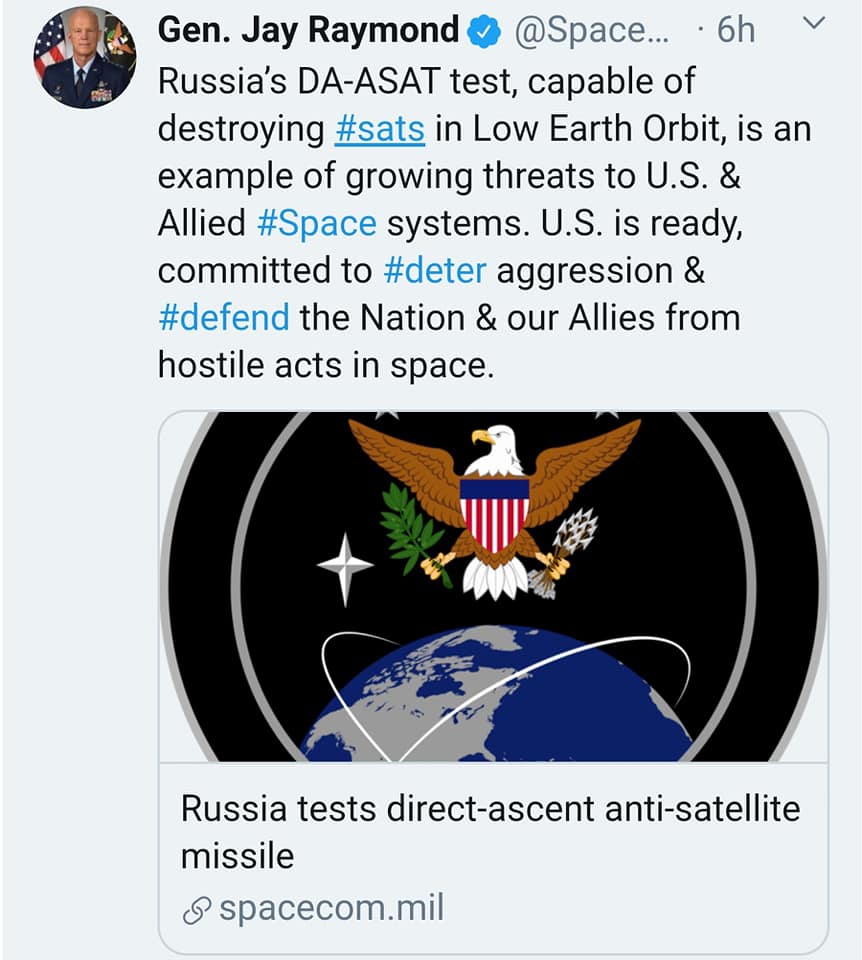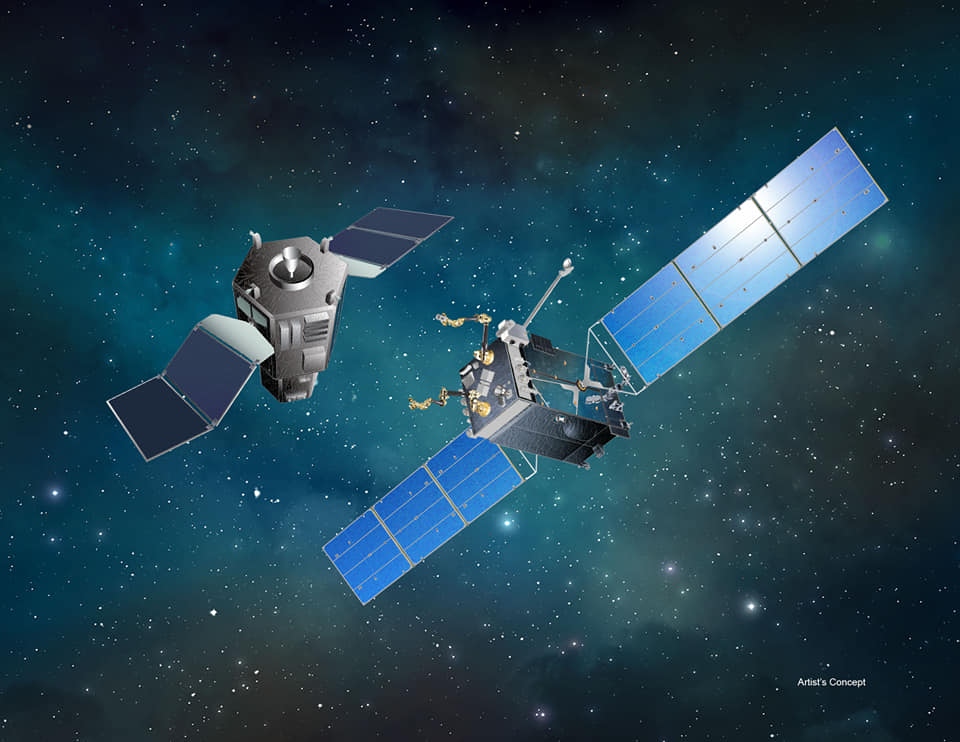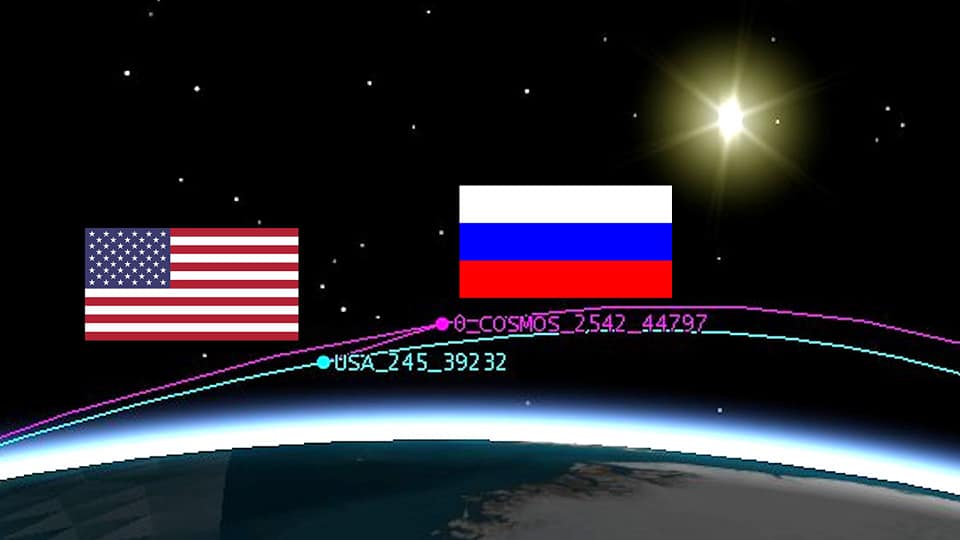Russian Star Wars. Russia test-launched what looked like a Direct Ascent Anti-Satellite Missile on the 15th of April 2020. The Russians have conducted several similar tests, with the last one occurring on the 19th of November 2019. Direct-ascent weapons are designed to strike a satellite using a trajectory that intersects the target satellite.

This latest test drew the ire of the US Space Command. According to Washington, the Russian missile is capable of destroying satellites in low earth orbit. The missile was probably a Nudol-19. The Nudol-19 is a dual Anti-Missile/Anti-Satellite missile designed to be integrated into the A-235 Ballistic Shield protecting Moscow. Anti-ballistic missiles and anti-satellite missiles share similar characteristics and flight profiles. So it isn’t a surprise to see such a missile being used for those two purposes.

Back in June 2019, Russia test fired a missile designed to work on its new upcoming S-500 SAM battery. That particular hypersonic missile is suspected to also be a dual ASAT/Anti-Ballistic missile. So far, only the United States, Russia, China, and India have successfully demonstrated ASAT capabilities.
Russian Star Wars isn’t limited to ASAT missiles: Since 2013, Russia has regularly been launching a new type of classified satellites: They call them “Space Apparatus Inspectors.” In the West, we don’t really know how to call them… Some see them as spy satellites. Others see them as potential satellite killers!

Back in May 2014, Russia launched a rocket with 3 registered but classified satellites… However, NORAD detected a fourth one deploying in space! The exact same thing has happened with a launch from the Plesetsk cosmodrome on the 30th of November 2018: 3 satellites were registered for launch but a fourth one was detected separating in space during the final stage… This object was later identified as “inspector” satellite Kosmos 2499! The Russians describe their Inspector Satellites as a tool to observe their own satellite fleet in orbit, conduct visual inspections and identify possible defects or faults. The US authorities are not so sure… Those Russian satellites are small, therefore difficult to track. They are nimble and highly manoeuvrable. One of them has been observed to manoeuvre and stop near a defunct Chinese satellite. Others have been seen conducting highly unusual manoeuvres. The Russians also seem to be able to put those satellites into hibernation for several months before reactivating them when needed. Washington fears those Inspectors could be used as killer satellites, designed to stalk, eavesdrop on and/or jam foreign satellites and possibly destroy them by one mean or another.Washington’s suspicions are reinforced by the fact Moscow tries to hide some of those satellites’ launches and deployments, the secrecy the Russians maintain around this program and the subsequent Russian denial when they were asked about the unusual activities of those Inspectors back in 2018…
Another unusual development was observed in June 2017 when the Russians launched the Kosmos 2519 satellite… The launch was registered and everything seems normal up until a month later when an object separated from the satellite! Two months later, another object separated… Those two objects have now been identified as sub-satellites Kosmos 2521 and 2523! Kosmos 2519 is not only a satellite but a mothership for smaller sub-satellites!
The latest development in this saga as been observed on the 20th of January 2020: Russian inspector satellite Kosmos 2542 ended a series of manoeuvres that placed it on the tail of a US KH-11 spy satellite… The two satellites are now on an almost synchronised orbit, with the Russian one having a clear unobstructed and close up view of the American one 24/7…There are currently four identified Russian Space Apparatus Inspectors up in orbit. However, the possibility that a couple of unidentified ones could be in operation right now cannot be ruled out.










